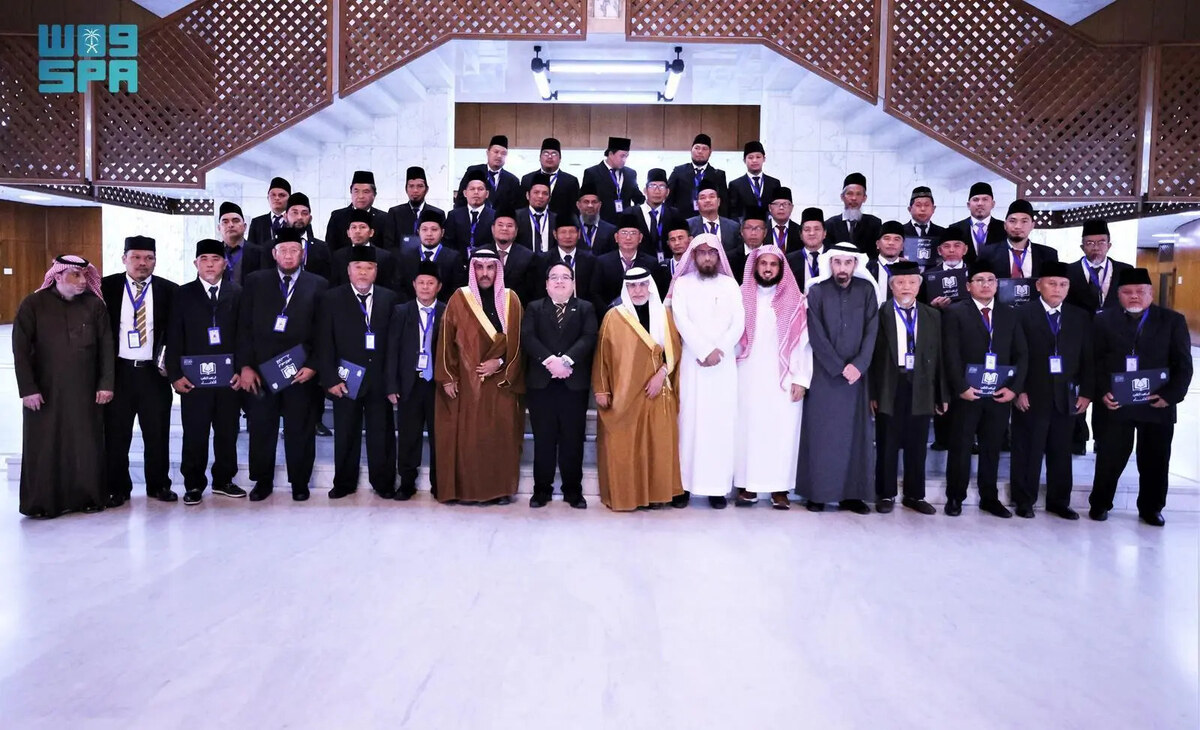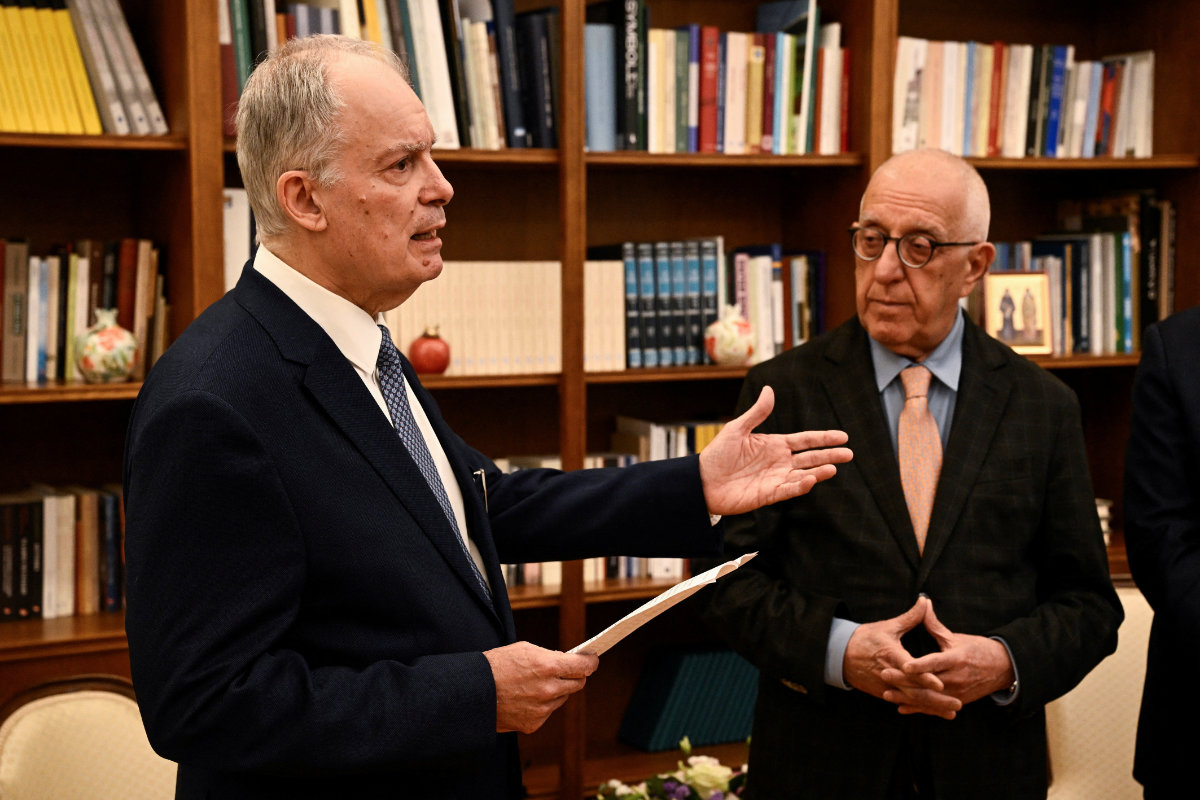RIYADH: More than 18 million passengers have used the Riyadh Metro since its launch on Dec. 1, 2024, the Saudi Press Agency reported on Friday.
The metro has now completed more than 162,000 trips across its six-line network, covering about 4.5 million km.
The Royal Commission for Riyadh City revealed that the Blue Line running north-south parallel to Olaya street has been the most popular, serving nearly 10 million passengers in only two months.
This line runs through some of Riyadh’s most commercially active and densely populated areas, making it popular with commuters.
The King Abdullah Financial District station recorded the highest number of users, exceeding three million passengers.
The Riyadh Metro was designed to address the capital’s rapid expansion and increasing traffic congestion.
The system spans 176 km and is equipped with driverless trains, air-conditioned cabins, designated seating for different passenger groups and state-of-the-art automation.
The metro is integrated with the Riyadh Bus network, forming a comprehensive public transport system that can be accessed with wireless card payments or tickets that can be purchased at stations or through the Darb application.
The Riyadh Metro is a key component of the broader King Abdulaziz Project for Riyadh Public Transport and plays a crucial role in Saudi Arabia’s Vision 2030.
The system is designed to have a maximum capacity of 3.6 million passengers a day.
As well as the north-south Blue Line, the system has an Orange Line that stretches for 41 km, connecting Jeddah Road in the west to the Second Eastern Ring Road in the east, running parallel to Khashm Al-Aan in the east.
The Red Line runs 25.1 km east to west along King Abdullah Road, connecting King Fahd Sports City, King Saud University and the Riyadh International Convention & Exhibition Center.
The 13.3 km Green Line runs from King Abdullah Road near the Ministry of Education to the National Museum, serving the Ministry of Defense, Ministry of Finance, and Ministry of Commerce.
The Violet Line runs between Abdurrahman bin Awf Road and Sheikh Hassan bin Hussain bin Ali Road, at a length of 29.7 km, and the Yellow Line connects the KAFD Station with King Khalid International Airport Road.
The project aims to reduce congestion, lower carbon emissions and promote environment-friendly transportation.
With 85 stations spread strategically across the city, the metro contributes significantly to Riyadh’s urban landscape.
Some stations stand out as architectural landmarks, including the King Abdullah Financial District Metro Station, designed by Zaha Hadid Architects, and STC Station, designed by Germany’s Gerber Architekten.
The rapid success of the Riyadh Metro, as reported by SPA, highlights a fundamental shift in how residents and visitors move around the city.




























